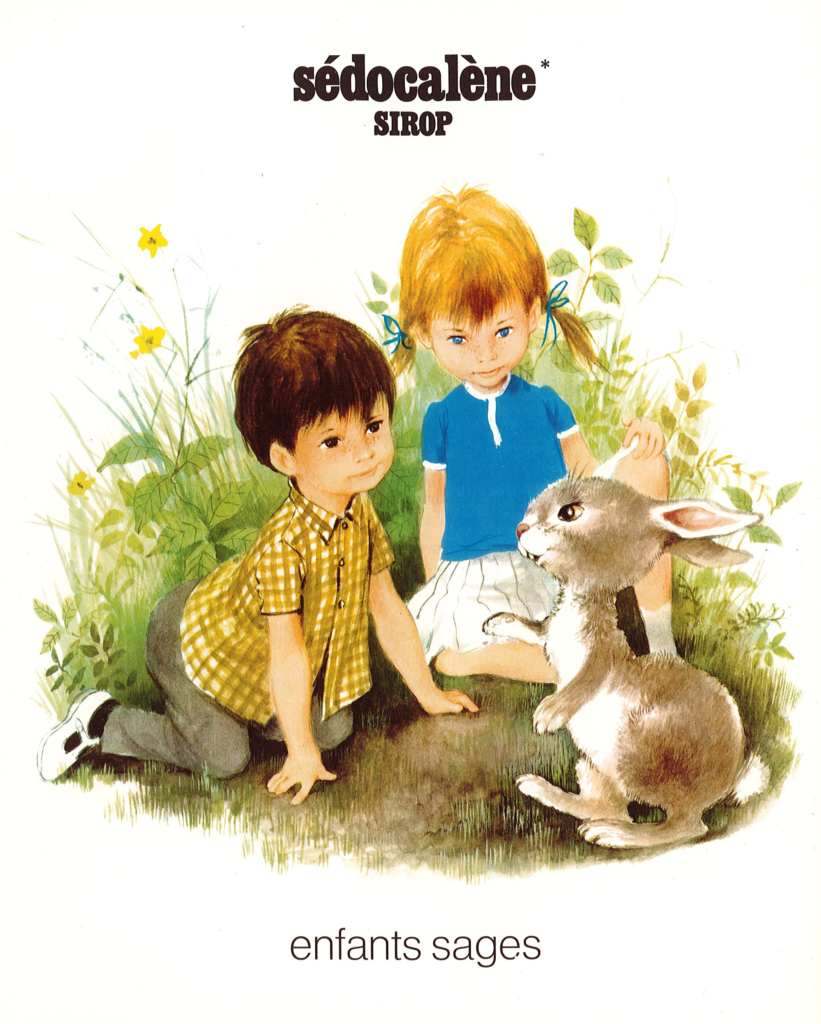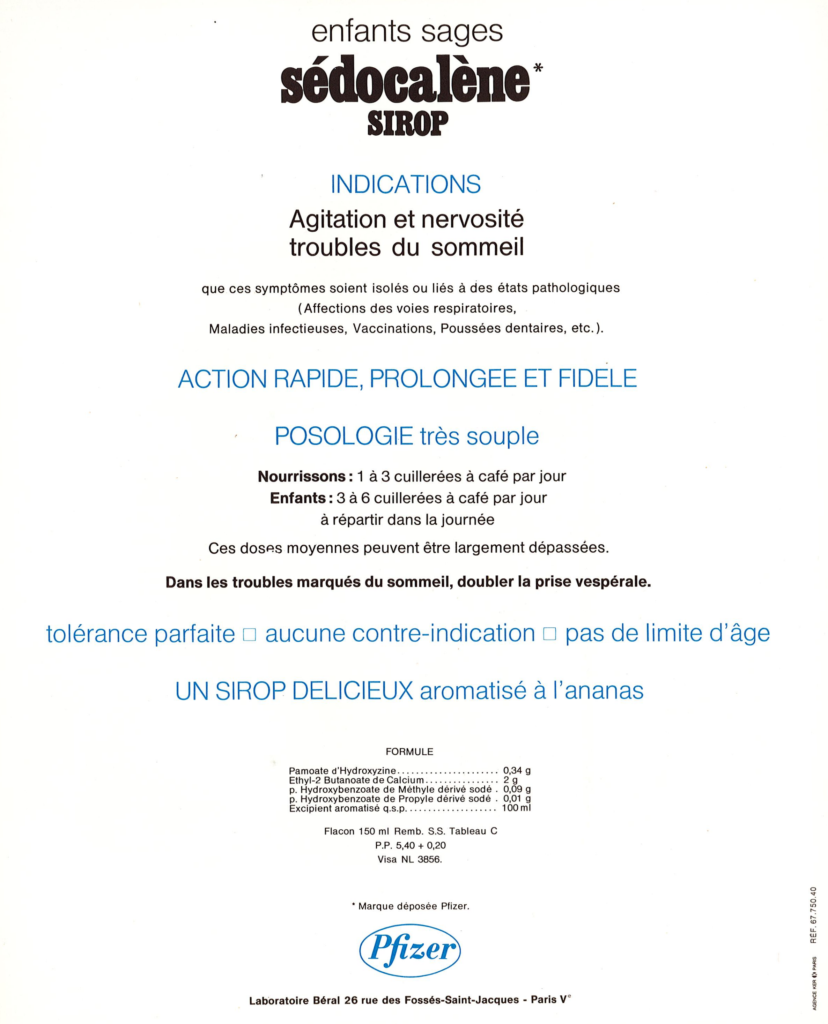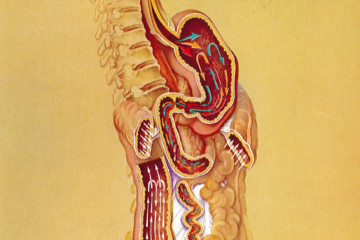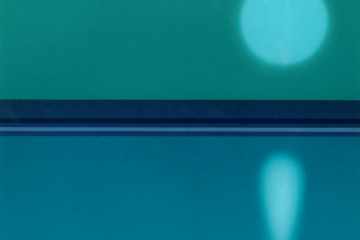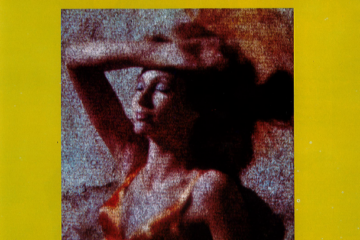The syrup Sédocalène® was a sedative medication for pediatric use, both in children and babies, generally recommended for its antitussive action and its beneficial effect to reduce nervosity and sleep disorder in children. Hydroxyzine pamoate, the active principle of Sédocalène®, was a first-generation anti-histaminic compound. Sédocalène® is no longer used in children today, but the active ingredient, hydroxyzine, remains used to treat anxiety, skin and sleep disorders in adults, at least in some countries. The compound is also used for chronic pruritus and urticaria.
The second-generation H1 antihistamine drug cetirizine, a major metabolite of hydroxyzine, is more largely used today, for the treatment of hypersensitivity reactions. Both compounds are used in veterinary medicine as well, notably in performance horses (but they are classified as prohibited substances and closely regulated. A withdrawal time is necessary prior to competition).
The medication Sédocalène® also contained the ester 2-ethyl-butanoate acting as a fruity aroma which can be found in pineapple (providing here the strong pineapple taste) but also found in wines, liquors and occasionally in some cheeses. It is a classical volatile fruity aroma compound.

A childish illustration for the syrup Sédolène® intended for use by young children, with the mention “wise children”. The two kids look pretty wise and good indeed… And the rabbit ?
